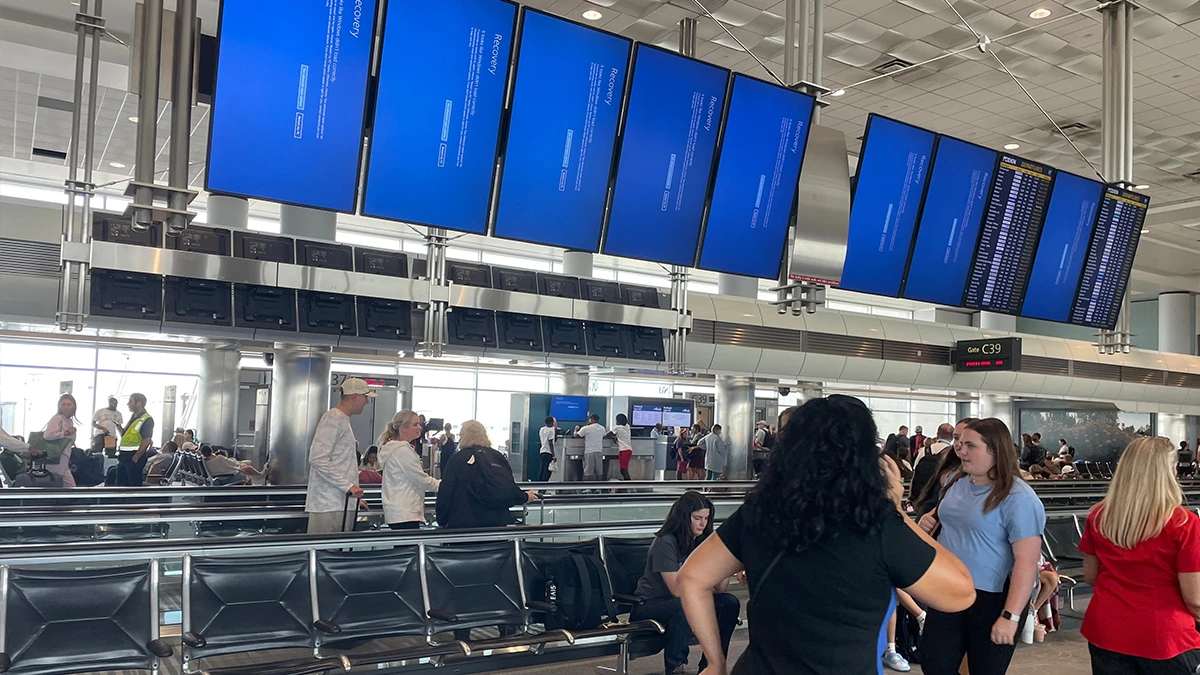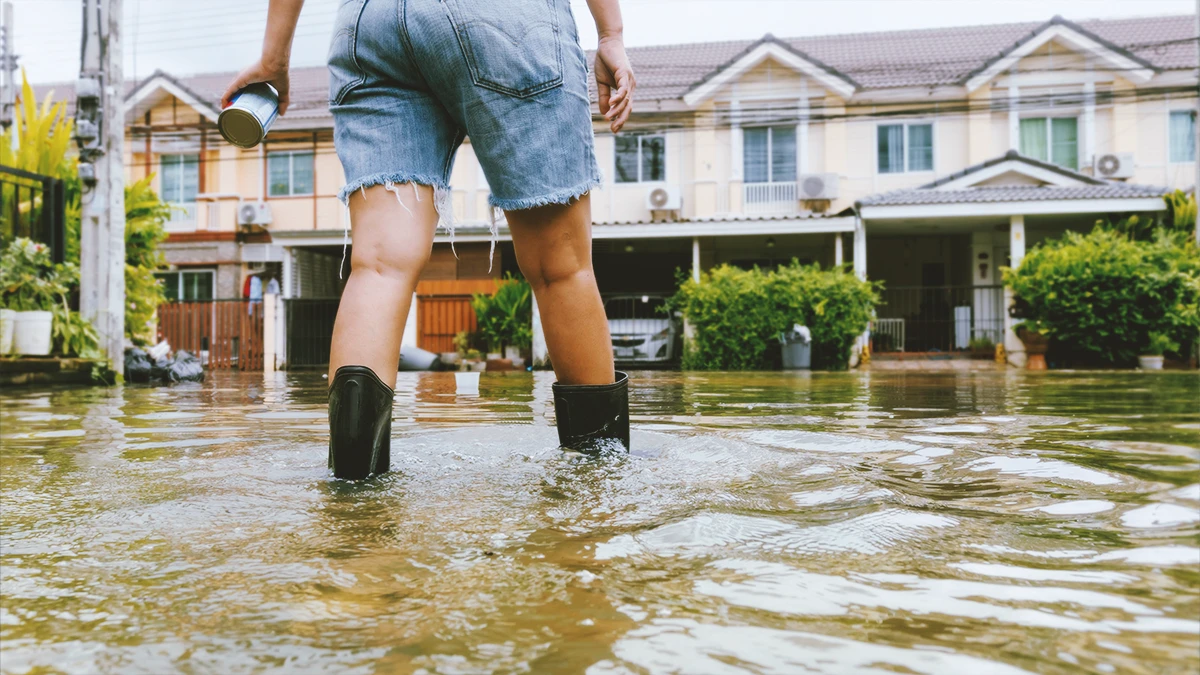(Re)in Summary
• Collaboration between insurers and fire agencies could help better analyse fire data and develop risk mitigation strategies for EV battery fires, says Insurance Council of Australia .
• In new paper, the ICA also suggested governments upskill technicians, train responders, reform written-off vehicle laws and work with insurers on risk modeling to support transition to EVs.
• Regular EV battery testing by technicians and insurers could help monitor battery health, strengthening consumer confidence in the growing second-hand EV market.
• Insurers can collaborate with manufacturers on data-sharing, consumer education, and parts supply, while offering innovative products like usage-based insurance to enhance affordability.
Insurers should work more closely with state and territory fire agencies to capture and analyse data on electric vehicle (EV) fires, including incidence and impact, to develop more effective risk mitigation strategies, said the Insurance Council of Australia in a new report.
The report, issued on May 17, comes amid rising demand for EVs in Australia and an ongoing shortage of skilled mechanics and technicians, two factors that combine to force insurers to frequently write off electric vehicles, rather than repairing them, even after minor accidents.
“As the Australian market matures and EV charging technologies continue to evolve, regulations and standards will need to keep up with the pace of change,” noted the ICA in the report. “There is also an opportunity for government and the industry to work collaboratively on evidence-based risk modelling to inform decision-making on the transition to electric vehicles.”
There are opportunities for insurers and fire agencies to partner and share expertise, data and resources to identify best practices to reduce the number of battery fires as well as their impact while developing best practice fire-fighting responses and capabilities, said the ICA.
Insurers and fire agencies can also work together on advocacy reforms relating to EVs, including through public forums, direct government engagement and research initiatives.
While EV battery fires are rare, they often burn with great intensity and require specialised firefighting techniques that differ from those use in traditional vehicle fires, the report said.
EVs and their batteries are also more expensive to repair and this has translated into higher premiums and a need for more careful risk analysis.
A myriad of variables, ranging from battery chemistry to complications with the batteries themselves, can impact EV fires and often lead insurers to more readily scrap an EV compared to a conventional internal combustion engine vehicle with similar damage, according to a recent Guardian report.
The Australian government has taken steps to increase the number of qualified technicians. In April 2023, Australia launched a National Electric Vehicle Strategy to improve affordability, availability and infrastructure. Earlier in May, it launched an EV Center of Excellence to equip workers with skills needed for modern EV vehicle repairs. and address the current skills gap in the EV industry.
In its 19-page report, the ICA recommended state and federal governments continue to upskill existing technicians and train new ones to work on EVs and associated infrastructure. It also emphasized the need for governments to invest in research and training for first and secondary responders to enable safe management of EVs involved in collisions and fires. It also recommends state governments reform laws governing vehicles that have been written-off to allow more EVs to be safely repaired instead of scrapped.
Governments should also work with insurers to conduct evidence-based risk modelling to inform decision-making on the transition to EVs, the ICA recommended. It stressed that insurers are well-placed to provide advice on electric vehicle adoption, from ensuring charging infrastructure is built to withstand extreme weather to providing risk assessments on EV performance.
More data for residual value
The next 10 years offer a critical window of opportunity for insurers to play a key role in Australia’s transition to EVs, said the ICA, with opportunities in the markets for both new and used EVs. Insurers can help attract more new EVs to the Australian market while creating more opportunities for a stronger and more dynamic second-hand market, which the ICA expects will grow this year and the next as fleet management companies start to offload used EVs.
With EVs still more expensive than traditional vehicles, consumers might be able to make some savings by buying second-hand EVs, but insurers must consider several factors associated with insuring second-hand models, not least of which are considerations around battery conditions, the ICA said. Batteries are the most expensive parts to repair in an EV, and precise battery life expectancy is hard to measure, functionally shutting out certain lines of business, including residual value insurance.
Regular EV battery testing by technicians and insurers could help monitor if a battery is depleting faster than expected, strengthening consumer confidence, the ICA said, noting that these challenges could become smaller as the sector matures but adding that insuring the residual value of an EV could help insurers offer specialized coverage tailored to this specific market.
The ICA also recommended that insurers work with vehicle manufacturers on data-sharing, consumer education and parts and with OEMs to develop certified training programs for repair technicians, to simplify the repair process and ensure a constant and steady supply of parts. Insurers can also enter into data-sharing agreements with OEMs to enhance claims processes and maximize repairability and salvageability, the ICA said.
The ICA has made other recommendations around EVs, including calling for regulators and insurers to work together on telematics-based insurance.
The council has also encouraged insurers to offer innovative product offerings, with the ICA recommending usage-based insurance to move past traditional risk profiling and boost affordability.
Australia’s growing focus on improving the risk profiling around EVs while improving affordability of insurance is not unique.
China’s National Financial Regulatory Administration (NFRA) has also taken similar steps, announcing plans to refine insurance pricing mechanisms for EVs in March.
The EV boom has led to a corresponding boom in usage-based and EV insurance. Among recent examples in Asia Pacific, Australia’s KOBA Insurance introduced Australia’s first dedicated EV usage-based insurance policy. Allianz launched a new EV product featuring on-the-go charging support in Malaysia, while MSIG bolstered its personal motor insurance plan in Singapore with added benefits for EV owners at no extra cost.
















